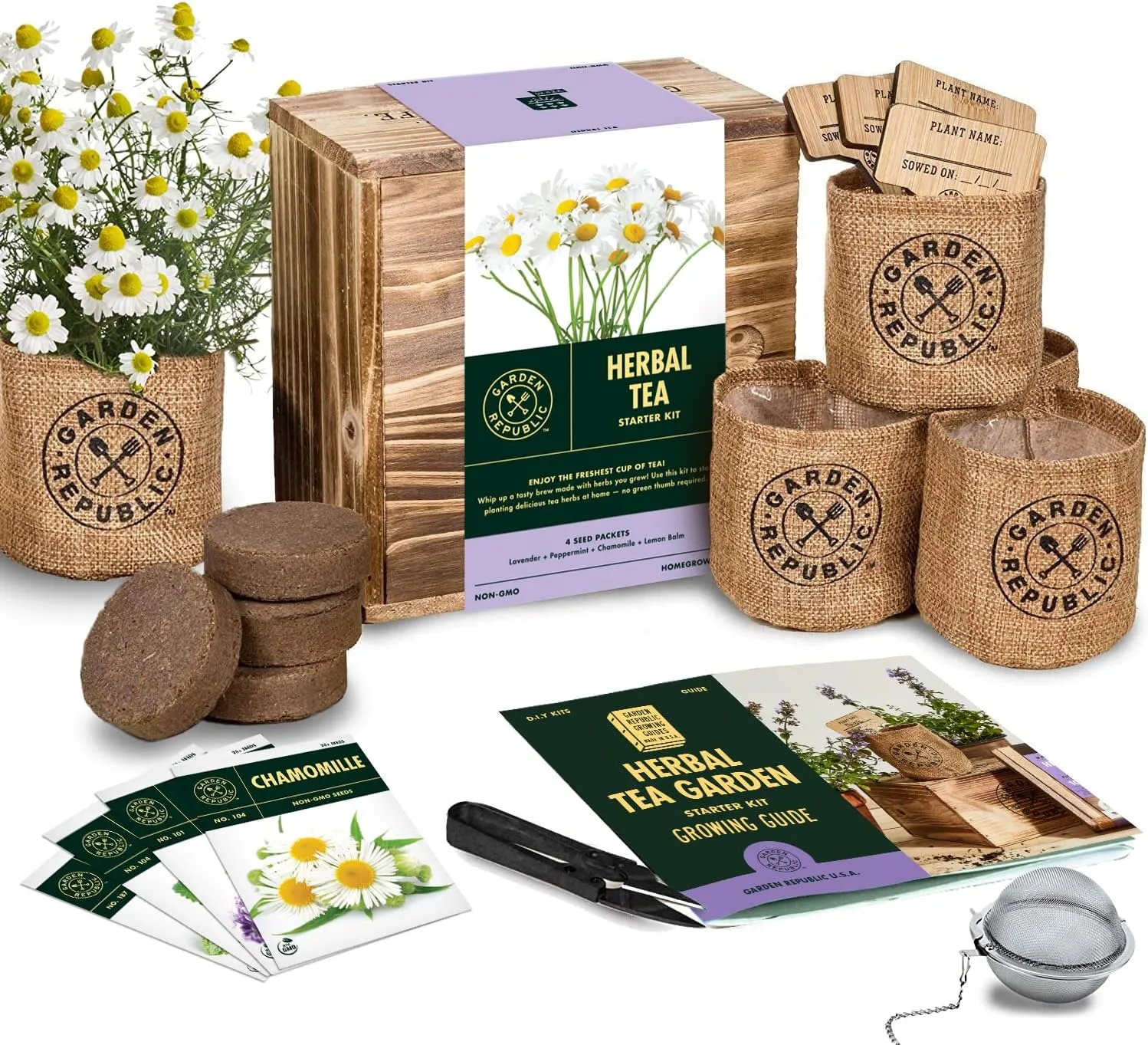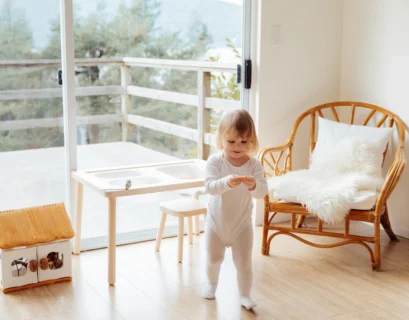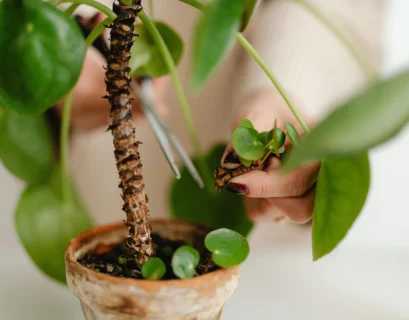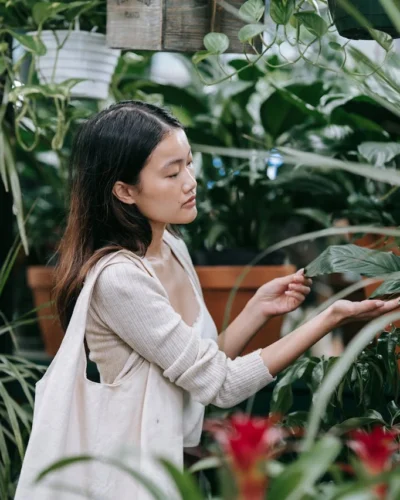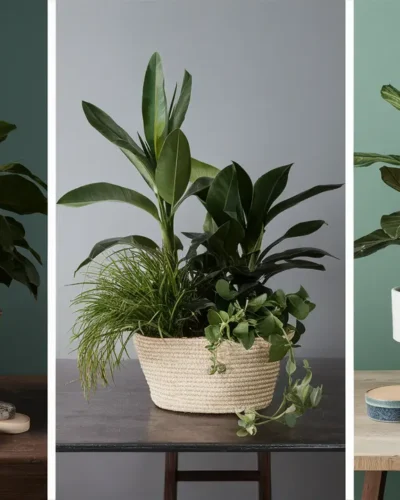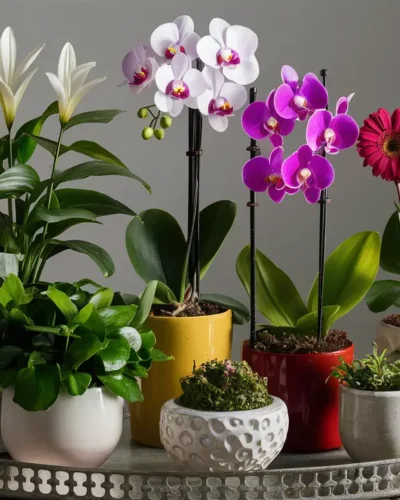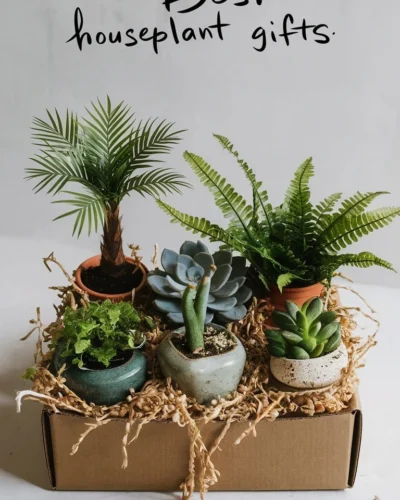Imagine this: you wake up, the sun is streaming through your window, and the aroma of freshly brewed tea fills the air. This scene is closer than you think. With a bit of planning and care, you can learn how to grow tea indoors from your tea garden and enjoy the delightful experience of brewing your own tea.
This article will guide you through the fascinating journey of growing tea indoors, covering everything from choosing the right plant to harvesting your first cup. Get ready to transform your home into a serene tea haven!
Table of Contents:
Let’s embark on this journey together!
1. Choosing the Right Tea Plant: Your Tea Garden’s Foundation
First things first, you need a tea plant. But with so many varieties out there, how do you choose the right one for your indoor tea garden? Here’s a breakdown to help you make the perfect selection:

Deciphering the Tea Types:
While we often talk about “tea,” it actually refers to a broad category of beverages derived from the leaves of the Camellia sinensis plant. The difference in flavor and properties lies in how the leaves are processed. Here are some popular types:
- Black Tea: This is the most common type of tea, known for its bold flavor and caffeine content. Black tea leaves are fully oxidized, meaning they are exposed to air and undergo a chemical transformation.
- Green Tea: Unlike black tea, green tea leaves are minimally processed, resulting in a lighter, more vegetal flavor. They are steamed or pan-fried to halt oxidation.
- White Tea: This delicate tea features young tea buds that are minimally processed, creating a sweet, subtle flavor. White tea is often referred to as “the purest tea” due to its minimal processing.
- Oolong Tea: This unique type of tea is semi-oxidized, falling somewhere between green and black tea. Oolongs offer a wide range of flavors and aromas, making them a popular choice for tea enthusiasts.
Popular Indoor Tea Varieties:
Choosing the right tea for your indoor garden depends on your preferences and growing conditions. Some popular varieties for growing indoors include:
- Camellia sinensis: This is the “true tea” plant that produces black, green, white, and oolong tea. While it can be challenging to grow indoors, its versatility makes it a rewarding choice.
- Camellia sinensis var. assamica: This variety is known for its robust growth and large leaves, making it a good option for indoor growing. It is the base for Assam black tea, known for its malty flavor.
- Camellia sinensis var. sinensis: This variety produces smaller leaves than assamica and is commonly used for green tea. It is more sensitive to cold temperatures and requires careful attention to its environment.
Where to Find Your Tea Plant:
You can find tea plants at specialized nurseries, online retailers, or even your local grocery store. Look for healthy plants with vibrant green leaves, free from pests and diseases. Be sure to inquire about the plant’s origin and growing conditions to ensure it’s a suitable choice for your home.
Grow Your Own Herbal Tea: Enjoy a fresh cup of tea, straight from your home garden!
This tea garden kit comes with heirloom, non-GMO Mint / Peppermint, Chamomile, Lemon Balm, and Lavender herb seeds to start your very own herb garden.
In the next section, we’ll delve into the essential elements of creating the perfect environment for your tea garden at home. We’ll explore light requirements, temperature and humidity control, and the ideal potting mix for your tea plant’s thriving. Stay tuned!
Related Articles:
From Seedling to Steeping: Cultivate Your Own Indoor Tea Garden for Fresh Brews: Learn more about cultivating your own indoor tea garden, from choosing the right plant to brewing your first cup.
Affordable Backyard Beauty: 7 DIY Garden Projects for Tight Budgets: Explore unique and creative ways to enhance your garden decor, adding a touch of personality and whimsy.
2. Setting Up the Perfect Environment:
Ah, the heart of your indoor herbal tea garden! Let’s create a cozy haven for your tea plants to thrive. Remember, these delicate beauties need a little TLC to flourish indoors.

Sunlight:
Tea plants are sun-loving creatures, but direct sunlight can scorch their leaves. Think about a bright, indirect light spot, perhaps a windowsill with sheer curtains. You can also experiment with grow lights, especially during winter months.
Temperature:
These tropical plants prefer a consistent warmth, just like you! Aim for a comfortable 65-75°F (18-24°C) range. Keep them away from drafts or cold windows.
Humidity:
Tea plants are humidity lovers! Misting their leaves daily is a great way to mimic their tropical home. You can also consider a pebble tray with water below the plant pot to create a mini humidifying oasis.
Ventilation:
Fresh air is essential for your indoor tea garden. Make sure the space has good ventilation, as stagnant air can lead to fungal problems. Open a window for a few hours each day, or use a fan to circulate the air.
Soil:
Well-drained soil is key! A mixture of potting soil, compost, and perlite is ideal. You can also add a bit of crushed eggshells to help with drainage.
Potting:
Choose a pot with drainage holes, and a size slightly larger than your plant’s root ball. Avoid overly large pots, as this can lead to root rot.
Watering:
Tea plants love moisture, but overwatering can be detrimental. Let the soil dry slightly between waterings, and avoid letting the pot sit in water. Check the soil moisture with your finger – if it feels dry to the touch, it’s time to water.
Think of it this way: You’re creating a mini tropical sanctuary within your home. With a little bit of care and attention, your indoor tea garden will flourish, bringing you the joy of fresh, homegrown tea for years to come.
Ready to start growing your own tea? Check out my post on Cultivate Your Own Indoor Tea Garden for Fresh Brews for more tips and inspiration.
3. Planting and Potting Your Tea
Now that you’ve chosen your perfect tea plant and set up its ideal environment, it’s time to get your hands dirty! Planting and potting your tea is a simple process, but there are a few key things to keep in mind to ensure your tea thrives.
Choosing the Right Pot:
When selecting a pot for your indoor tea garden, consider a pot that’s slightly larger than the root ball of your tea plant. Choose a pot with drainage holes to prevent waterlogging, which can harm your plant’s roots.
Potting Mix:
Using a well-draining potting mix is crucial for your indoor tea garden. A blend of peat moss, perlite, and vermiculite works well. You can also purchase a specialized potting mix designed for indoor tea garden plants.
Planting Your Tea:
Gently remove your tea plant from its nursery pot, being careful not to damage the roots.
Place the tea plant in its new pot, ensuring the top of the root ball is level with the rim of the pot.
Fill the pot with potting mix, leaving a small space at the top for watering.
Gently tamp down the soil, ensuring the plant is securely planted.
Water thoroughly, making sure the water drains out of the drainage holes.
Tips for Success:
- Don’t overwater! Allow the top inch of soil to dry out before watering again.
- Use a moisture meter to monitor the soil moisture levels, especially in the beginning.
- Repot your tea plant every two to three years using a slightly larger pot and fresh potting mix.
Remember, a healthy indoor tea garden starts with a well-planted and nurtured tea plant. By following these steps, you’ll be well on your way to enjoying fresh, homegrown tea right in your own home!
Conclusion
Transforming your home into a indoor tea garden isn’t just about enjoying delicious tea, it’s about cultivating a tranquil and rewarding experience. By following these simple tips, you can easily grow tea plant indoors and savor the unique flavors of your own homemade brew.
Whether you’re seeking a relaxing escape from the hustle and bustle of everyday life, or simply want to add a touch of green to your home, an indoor herbal tea garden provides a delightful and aromatic escape.
With a little patience and care, you can enjoy the satisfaction of brewing fresh tea from your own homegrown plants.
Remember to share your journey with us! Let us know what tea varieties you’re cultivating and any tips you’ve discovered along the way.


